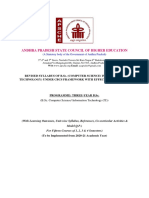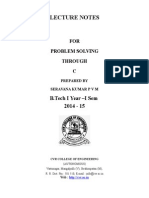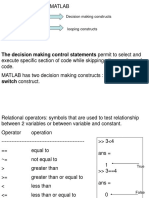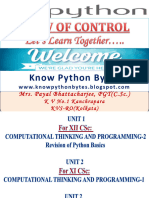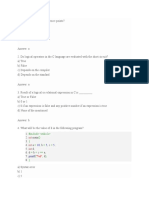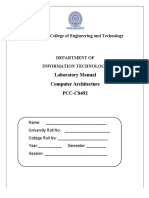0% found this document useful (0 votes)
13 views9 pagesLesson Plan C Programming
,lllll
Uploaded by
Tripti tripathiCopyright
© © All Rights Reserved
We take content rights seriously. If you suspect this is your content, claim it here.
Available Formats
Download as DOC, PDF, TXT or read online on Scribd
0% found this document useful (0 votes)
13 views9 pagesLesson Plan C Programming
,lllll
Uploaded by
Tripti tripathiCopyright
© © All Rights Reserved
We take content rights seriously. If you suspect this is your content, claim it here.
Available Formats
Download as DOC, PDF, TXT or read online on Scribd
/ 9



